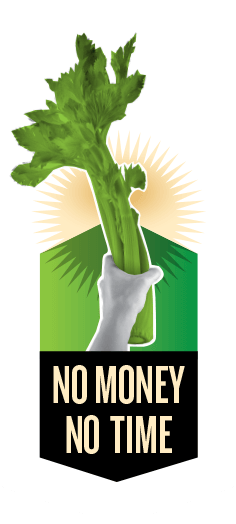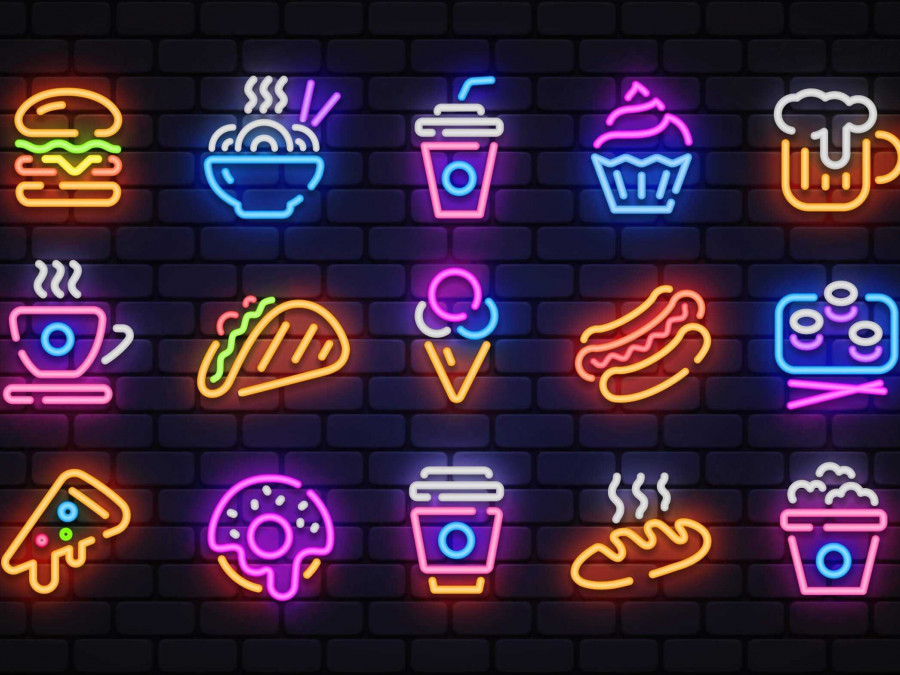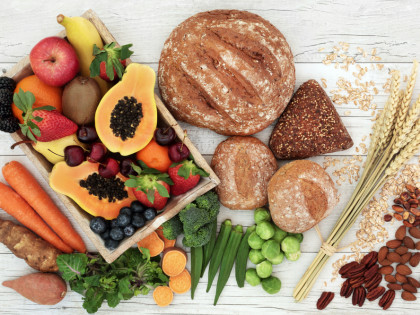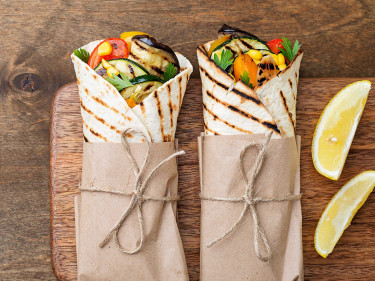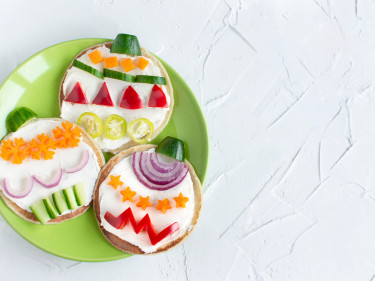Food cues surround us. They are on billboards, there when you shop for groceries, watching TV, scrolling the internet and even listening to your favourite podcast. Food cues are signals from our environment that are telling you to eat.
Food cues place chocolate bars conveniently on the counter when you go to pay at the petrol station, or at the checkout when you buy groceries.
Food cues trigger cravings, encourage eating (even if you are not hungry) and can predict weight gain. Some people are more susceptible to food cues and some situations are more triggering than others.
Here are some tips to reduce exposure to food cues:
- Reduce the time you spend in food dominate environments such as shopping centre food courts, and food markets
- Don’t shop when hungry
- Consider whether you really are physically hungry or whether it is ‘eye’ hunger.
- Store food out of sight in cupboards, and choose opaque containers if possible
- Eat at the dinner table, or in an environment that limits additional stimulation from food
You can also use food cues to promote healthy eating! Try these tips:
- Prepare a grocery shopping list and stick to it! Or shop online
- Pack your own snacks and lunch when you go to places like the movies or are out an about
- Make your contribution to a social event or workplace function a healthy snack plate of vegetables, healthy dips and wholegrain crackers or fruit
- Request that work social clubs stock healthier snack alternatives, and place discretionary food items in a cupboard
- Store fruits and vegetables in clear containers, and pre sliced or prepared so they can be easily eaten
- If you have a large appetite, try to expand the volume of food you eat, but not the kilojoules. Compare a 45g muesli bar that provides 400kJ, to a 200g tub of yogurt and 1 cup of strawberries which is also 400kJ.
A handy acronym to apply if you are often tempted by food cues is RROAR (Remind, Resist, Organised Alternative, Remember and/or reward):
Remind yourself that whilst you might be triggered by a food cue, you don’t have to respond
Resist, give yourself space between yourself and the food cue, that may involve turning around, or leaving that environment
Organised Alternative, pre-prepare what you will do when a food cue arises. This might be to grab a glass of water, walk around the block, play a quick game on your phone
Remember, what are your goals?

